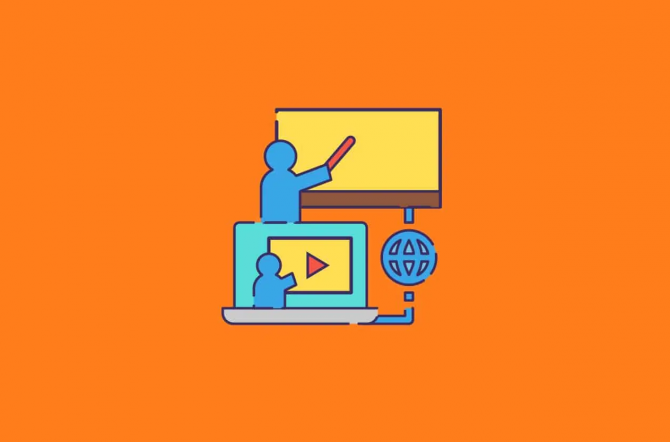Types of visual aids in teaching play a crucial role in simplifying complex ideas and keeping students engaged. As education evolves in 2025, incorporating the right visual tools can make all the difference in how information is understood. In this article, we’ll explore the 7 best types of visual aids that will enhance your teaching methods and help create a more interactive and effective learning environment.
Top 7 Best Types of Visual Aids You Should Know in Teaching
In the world of primary students, there are various visual aids to consider how we, as teachers, can improve and enhance how our children learn. Nevertheless, more isn’t always the merrier in case you are going to use visual aids in your class.
According to successful innovative teachers, primary students have a unique but sensitive sense of visuals. And it has a considerable impact on the way they learn through visual aids.
Here we list for you the 7 most common types of visual aids in teaching that you should choose for your primary students. To make this list, we have collected and evaluated according to 3 criteria:
- Easy to use
- Be attracted to children
- Effectively help you deliver lessons
1. Objects:
Using an object is a great choice to show and demonstrate the lessons. How? For example, you can easily see your children love educational TV shows or online videos in which the instructor becomes a mascot and acts like a friend who knows everything in the world. They also pretty much enjoy a story that is told in a dialog of puppets.

So the question is, why don’t you act like that in your class? You can use puppets or toys to apply storytelling in teaching. Or even you can bring real artifacts or products to class so your students can touch and learn better. In a nutshell, using objects is a kind of making the lesson more real to engage students.
2. Posters:
When talking about educational posters, people usually think of class options such as ABCs/ numbers, animals, parts of the body, and so on. Educational posters are amazing to inspire and remind the students. In other words, posters are teaching aids that can breathe life into the classroom.

About posters’ advantages, firstly, hanging posters up on the classroom walls will color the learning environment. For instance, teachers can decorate the class with posters including colorful charts, graphs, and tables to make lists or infographics. Secondly, posters also act as helpful resources for students. Many teachers use posters as a medium to transmit information such as rules of class, the expectations for students, and study tips.
3. Flash Card:
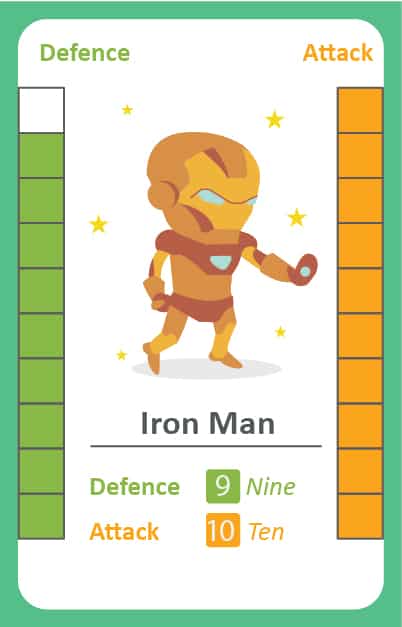
Flash Card is the favorite choice in teaching language for primary students. From class duties as games to competitions, there are lots of things that students prefer to learn with flashcards.
Moreover, flashcard is an excellent tool to support learning in groups. As students, children enjoy collecting, sharing, or exchanging flashcards that they have. Therefore, teachers can use flashcards as a gift to motivate and encourage students to join the lessons.
4. Illustrations and Photos:

Since most people are visual learners, illustrations and photos are ideal when teachers are looking for the right visual aid.
There are many benefits of illustrations and photos, so we brief them into 3 things: demonstrate, simplify, and visualize ideas.
Especially for teaching kids, visualization can help teachers avoid lengthy and complicated explanations.
Another cool thing about illustrations and photos is that there are so many approaches you can take to create one. A real photo is great, so you can quickly snap it. Or you can paint a picture if you have artistic talent. And a design taken by illustrators is pretty useful when objects don’t have the real version.
5. Videos:
It isn’t overstated that videos are an attention grabber and engagement promoter. It’s because videos not only make the lessons easy to understand but they also deliver interesting vibes to the class.
The two typical types of videos for in-class teaching nowadays are educational animation and live-action videos. Each type of video has its pros and cons so it’s hard to tell which one is better. However, if you ask us for a trend of educational videos, we could recommend animations.
This video is one typical example of educational animation for students
6. Slide Presentations:
Presentations aren’t a new visual aid at school, but recently, they are less priority to use. Why? Because they lack fun. The traditional presentations may be useful for adult business students, however, kids need more than that.
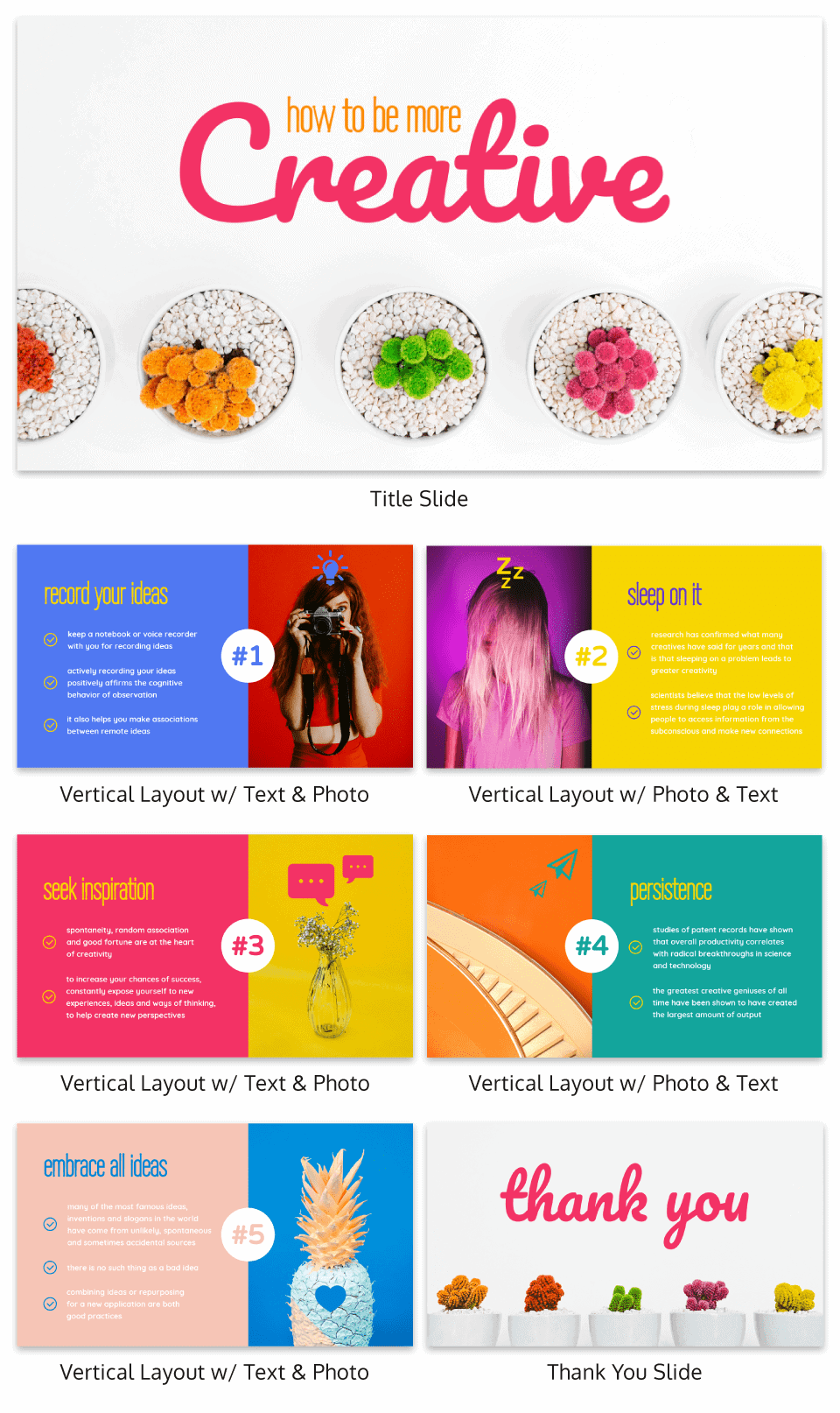
So what we mention here are creative presentations. First, a creative one will shorten teaching time as usual. Second, presenting information in a creative and visually stimulating way will help students engage in the topic. Third, eye-catching slides can go in a long way to keep your students from snoring in the middle of class.
One more thing, if you are considering creating a creative presentation, https://www.canva.com/ would be the ideal place for you to do it by yourself!
7. Handouts:
A simple handout can be a great tool to have in a classroom. Handouts seem like a small poster that display all types of information. Teachers can have charts, graphs, pictures, illustrations or whatever in a handout as long as it supports teaching purpose.
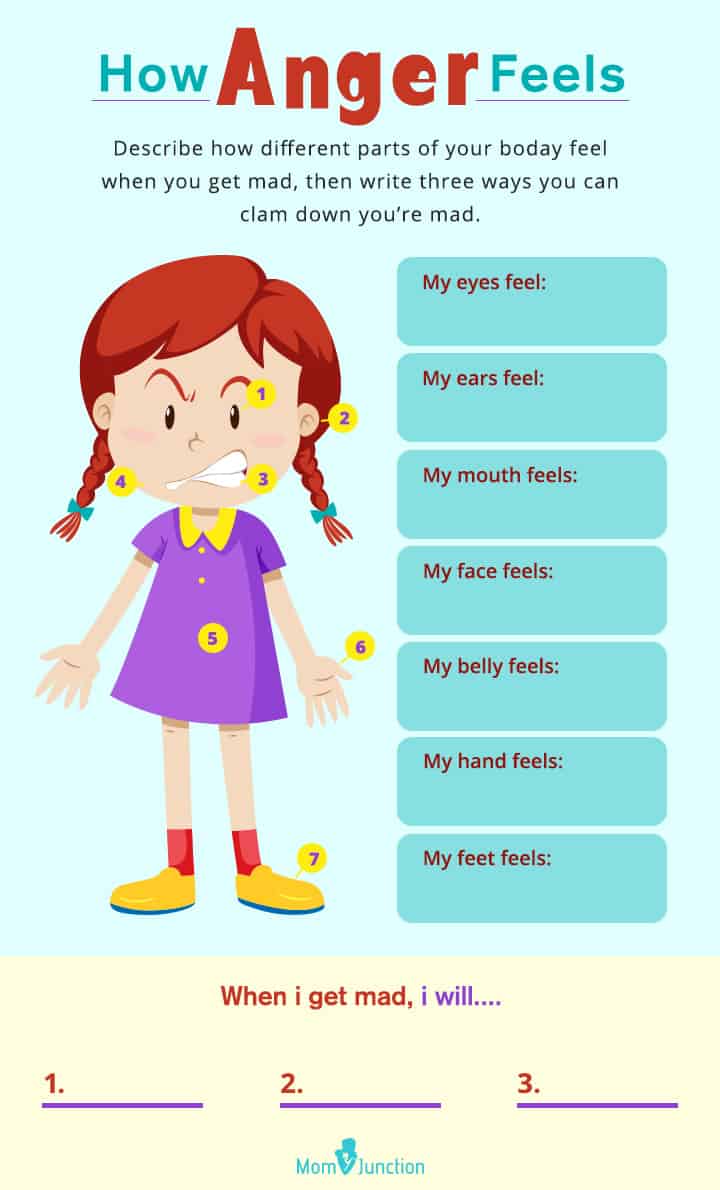
An inclusive advantage of handouts is that students can keep them individually and take notes during the lessons. Hence, it can lead to higher retention compared to other visual aids. When students aren’t at school, they still remember what was practiced in class thanks to looking at handouts.
5 Key Rules When Choosing Visual Aids
Every selection needs a rule, and choosing the type of visual aids in teaching isn’t an exception. In this situation, we believe that teachers should consider the purpose of using visual aids, or what we can call teaching objectives. Because this section will review why visual aids are essential for your teaching, you need to check whether they fit your initial purpose of choosing among the various different options.
Now we will show you how visual aids are useful for each teaching objective. Hence, if you want to explore effective methods, including gamified eLearning examples, can significantly enhance your approach to engaging students and meeting your educational goals.
Now we will show you how visual aids are useful for each teaching objective. Hence if you want to:
1. Try Animations or Slide Presentations
It’s because visualizations in an animated video or presentation can communicate complex ideas more quickly than the spoken word.
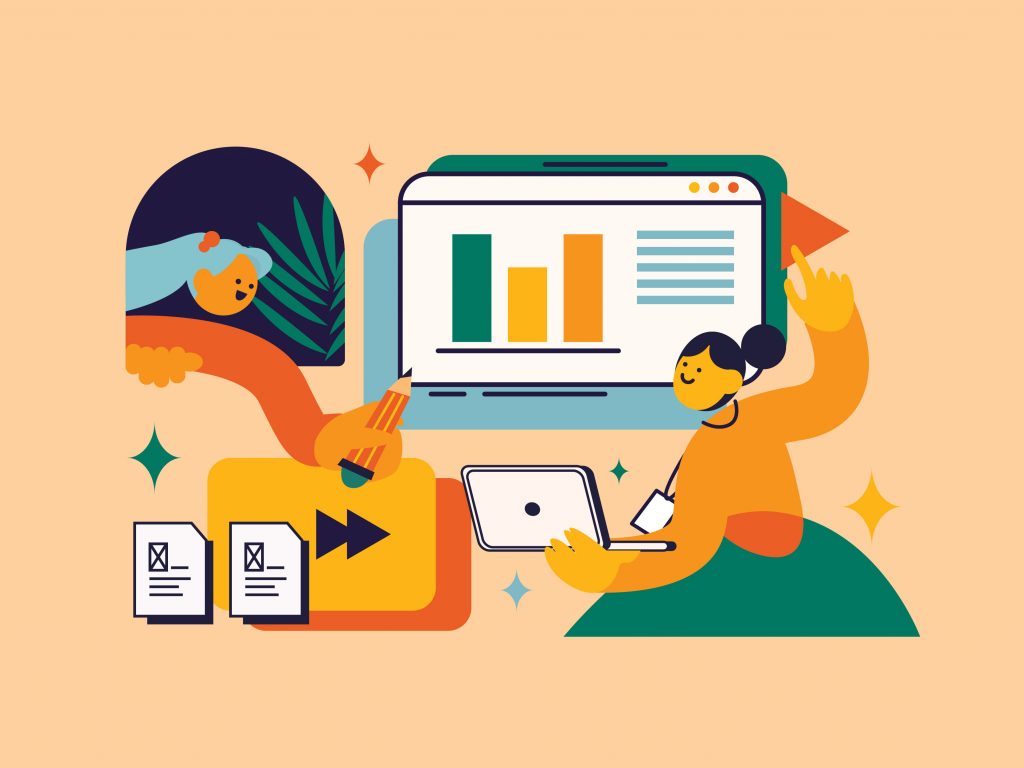
2. Simplify the Content, Use Objects, Flashcard or Illustrations & Photos
Visualization plays a huge role in simplifying abstract subjects or processes in sequence. As we already discussed in parts 2-3a, there is always content that is hard to observe or imagine in teaching. So, it’s time to use visualizations instead of objects.
3. Better Organize the Class, Choose Posters, Flashcards, or Handouts
Organizing a class depends on how children want to learn, work in groups or individually. Flashcards will encourage students to learn together in a team. Meanwhile, handouts are preferred for kids to learn alone.

4. Increase Children’s Retention with Handouts
Since children can keep handouts and even bring them home, they can customize them for each student. Adding visuals as a positive impression to highlight what you want students to retain.
5. Get Everything in Once by Trying Animations
Animations are multi-functional visual aids that can explain knowledge fantastically, set a tone for the lesson, control the distraction, and manage teaching time. They also help students recall the knowledge faster than others.
If you’re considering 2D vs 3D animation, we can tell that both styles offer unique advantages: 2D animation is often simpler and more cost-effective, while 3D animation provides a more immersive experience.

Our Guidance in Choosing the Right Types of Visual Aids in Teaching
The table below is our guideline for teachers to select visual aids from 3 inputs: learning style, teaching style, and subject. We also apply the rules of choosing based on teaching objectives. So, don’t waste your time, check it out!
| Visual Aid | Learning style | Teaching style | Subjects |
| Objects | Physical & verbal learners | Lecture, Activities & Group style | History, Music, Art |
| Posters | Visual & logical learners | Lecture & Group style | Science, Language, Math |
| Flash Card | Visual, Physical & Verbal learners | Group & Activity style | Foreign Language, Math |
| Illustrations and Photos | Visual & Social learners | All style, really need for lecture style | All kinds of subjects, from Math to Literature |
| Videos | Visual & Aural learners | All styles, especially coach style | Most of the subjects but most used in science, math, biology, art |
| Slide Presentations | Visual, verbal & logical learners | Activity & coach style | All subjects |
| Handouts | Visual & Solitary learners | Blended style | Geography, Science |
Conclusion
Incorporating these 7 best types of visual aids in teaching can significantly improve the way you communicate concepts to students in 2025. By using a variety of tools such as charts, videos, and infographics, you’ll create a more engaging and dynamic learning experience. For even better results, try experimenting with different visual aids in teaching examples to find what works best for your classroom, ensuring that each lesson is impactful and memorable.
Read Further:
- Do you know how primary students learn?
- The power of visuals in teaching and learning
- Concerns about using visual aids in education

Sean Bui, the founder and creative director of F.Learning Studio, is a respected leader in the e-learning and multimedia production industry. With over 10 years of experience, he has dedicated his career to helping organizations create engaging and impactful learning experiences.
Under his leadership, F.Learning Studio has grown into a trusted partner for organizations in the education, healthcare, and corporate training sectors, producing over 2,000 minutes of educational animation.

